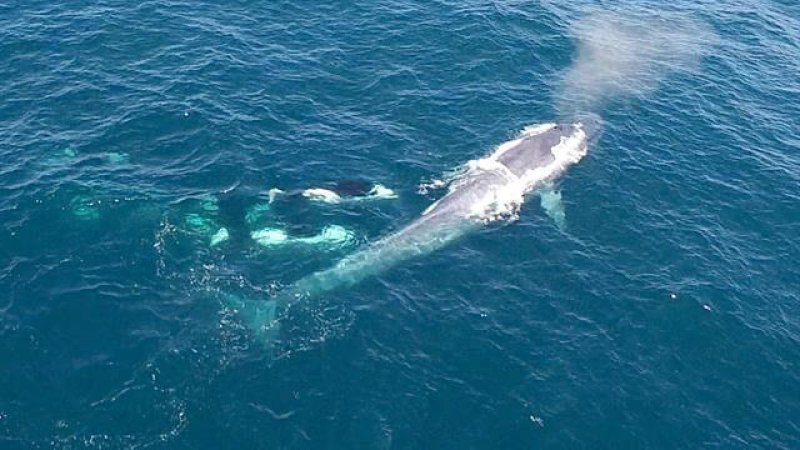Pound for pound, the blue whale’s reign is indisputable. At around 100 feet long and 100 tons in size, these marine giants are the largest creatures—dead or alive—known to humankind.
Whales evolved from terrestrial ancestors that were dog-sized and lived on land some 50 million years ago. Over time, their size has grown 10,000-fold. Dinosaurs might have been longer, but they were not heavier by any stretch of the imagination, notes [curator] Nicholas Pyenson.
…
Perhaps, then, it’s all the more baffling that the diets of the largest creatures to ever live consist of little more than nature’s nibbles—tiny, two-inch-long krill. But now, Pyenson and his colleagues have found that this menu of miniatures may have helped, rather than hindered, whales along their evolutionary growth spurt.
By attaching sophisticated sensors to a cadre of 300 whales while they dove for food, the researchers discovered that, by and large, diet dictates the size a whale ultimately achieves. And, as they report this week in the journal Science, that constraint works both ways: The amount of stuff whales shovel down their gullets can bulk them up—but it also limits just how big they can eventually get.
Read full, original post: Whales Are the Biggest Animals to Ever Exist—Why Aren’t They Bigger?































